Subscribe for Access
A 101-style guide to SaaS reseller and value-added reseller partnerships, plus examples featuring monday.com, DocuSign, and more.

Note: This is the latest in our Partnerships 101 series. You can read the other entries here.
Look around and you’ll recognize everyday examples of reseller partnerships, from the grocery chain that resells your local coffee shop’s specialty dark roast to Target reselling Apple products. In the SaaS world, a reseller partnership is not much different from these examples (minus the coffee, of course).
Resellers often have access to an existing customer base or specific audience that other SaaS companies want to reach. SaaS companies use resellers to explore new verticals, enter regional or global markets, and/or acquire new customers or user bases — all of which are growth levers for driving revenue.
If you’re noodling on the idea of a reseller program for your business, or if you’re a nerd and just curious, you’re in the right place.
In this post, we break down the SaaS reseller ecosystem — including terminology, types, and examples — to help you round out your knowledge.
You’ll learn:
What is a reseller partnership
Reseller partnerships are a form of indirect or “channel” sales, in which your partner (a third-party entity) sits between you and the customer, brokering sales and/or services on your behalf. A reseller is a company that helps a vendor sell its products and services to its end customer. (This definition changes a bit when it comes to value-added resellers, but we’ll get there later).
Resellers are just one type of channel partnership which is one of the three main categories of partnerships.
While all reseller partnerships are channel partnerships, not all channel partnerships are reseller partnerships. Other kinds of channel partnerships include:
- Indirect sales partners
- Affiliate partners
- Business process outsources (BPOs)
How reseller partnerships are monetized
Most resellers make money by pocketing a portion of the software sale (aka revenue share). The exact share depends on a variety of factors, though our 2022 State of the Partner Ecosystem Report shared the most common incentives:

Sometimes, resellers will retain exclusive rights to sell a vendor’s products and services to a specific market. For example, wellness technology platform Wooboard Technologies is the exclusive reseller in the APAC region of products from employee engagement platform Slik.
It’s important to note that a reseller relationship is different from a co-selling relationship, where the sales teams of two partners join forces to convert prospects and/or add value to existing customers.
Traditional vs value-added reseller partnerships (VAR)
In a Value-Added Reseller (VAR) partnership, a company resells a vendor’s product, but it also offers add-on products and/or consulting, configuration, implementation, or training services — thus, the “value-added” piece.
Think of your local mechanic. They sell you the parts you need for repair and will also do the work to fix your car. They are reselling the parts from the manufacturer as well as “adding value” by taking care of the installation.
This is different from a traditional reseller partnership. A traditional reseller partnership is a third-party entity that sells another vendor’s product to an end customer with little to no modifications to additional services.
Benefits and drawbacks of a reseller partnership
The success of a reseller partnership requires a shared understanding of the partnership goals, expectations, and outcomes. Like any healthy relationship, it takes two.
“Our partner’s success is our success. When partners fail, we fail. When partners get paid, we get paid. When they don’t get paid, we don’t get paid. We’re so intimately tied into everything they do and all their KPIs.” says Aleksi Mattlar, Manager, Partner Success at Vena Solutions.
Benefits
When a reseller partnership is done correctly, both the vendor and the reseller benefit.
Vendor benefits
Expanding faster than solely relying on direct sales. As learned from Sarah Wang at Supernode 2022, creating a pipeline of revenue that comes directly from partners protects your company in tumultuous times (and makes you more appealing to investors).
Reducing the costs of hiring, training, and retaining a direct marketing and sales team (i.e. lower customer acquisition costs). This comes in handy especially if the vendor is seeking global expansion.
Diversifying revenue streams (If you’re a SaaS company, you don’t want all your revenue concentrated with few customers. That’s risky business! You’ll want a diverse customer base in the event a large account cancels its contract.)
Reseller benefits
If exclusivity rights are negotiated, it offers more control and competitive advantage (Think: If a reseller is a sole distributor in a given market, that means no other resellers can encroach on its turf).
Focusing on sales, distribution, and training without worrying about the messy “building a product” part.
Establishing credibility by associating with a product that has a strong brand reputation.
Revenue share, plus revenue generation from selling ancillary products and services.
Achieving KPIs and metrics can unlock additional perks from the vendor like bespoke training, strategic co-selling opportunities, product discounts, and more (This is where partner certifications and tiers help resellers shine bright among other partners.)
Drawbacks
But alas, reseller partnerships aren’t for everyone. Here are some drawbacks to be wary of.
Vendor drawbacks
Time-consuming to educate, train, onboard, and communicate with reseller partners and challenging to scale (At a certain point, you’ll need to invest in Ecosystem Ops — the tools, workflows, and processes needed to scale partner programs).
Putting your reputation in someone else’s hands is risky, especially if they tarnish it with poor customer service or misrepresent your brand standards.
You are one degree further separated from the customer, so it’s challenging to stay in sync with customer feedback and challenges.
If you don’t have established and provable sales workflows and processes, bringing on a reseller can cause confusion.
Reseller drawbacks
Lack of education, support, and training from the vendor can hinder the reseller’s ability to market and sell the vendor’s product.
Harder to address product limitations or pricing flexibility (The reseller is often at the mercy of the vendor).
Lack of product/market fit with the reseller’s customers and market can impede the reseller’s ability to hit revenue targets and KPIs.
Before you launch a reseller partner program, be sure to review these pros and cons thoroughly so you can make an educated decision.
Examples of reseller and VAR partnerships
Here are some real-life examples of Saas reseller and VAR partnerships:
Traditional reseller: Woodard and Rewind

Rewind provides data protection services for SaaS companies. Consultant firm Woodard offers accountants and bookkeepers education, coaching, resources, and professional communities.
As a reseller of Rewind, Woodard will offer Rewind’s Backup for QuickBooks Online and Backups for Office 365 to their clients.
The partnership gives Rewind their product put in front of Woodard’s extensive client list. In return, Woodard adds Rewind as a potential solution for their customers.
VAR: JMT Consulting and Vena Solutions

JMT Consulting, an enterprise resource planning (ERP) and financial management solutions company, is a value-added reseller for Vena Solutions (Vena), financial planning & analysis (FP&A) platform.
JMT Consulting understands nonprofits’ financial reporting and budgeting processes and workflows, positioning them to resell Vena for nonprofit clients.
Rather than investing money and time trying to build decades worth of industry knowledge, Vena simply taps into JMT Consulting’s know-how and its nonprofit clients. In turn, JMT Consulting can sell prospects and clients value-added services like JumpStart for Vena Solutions, an implementation program designed to help nonprofits get up and running quickly on Vena.
Traditional reseller: Carahsoft and DocuSign

Carahsoft, a government IT solutions provider, resells DocuSign’s e-signature solutions to the public sector.
Think of Carahsoft as a massive virtual department store fully stocked with shelves of software and hardware products for government agencies. It knows the intricacies of the government procurement and buying process inside out.
By using Carahsoft as a reseller, DocuSign now has users across 800+ local, state, federal, and tribal agencies.
VAR: Google and Shivaami Cloud Services

Shivaami Cloud Services, a Google Cloud Premier Partner, is a global value-added reseller for Google’s cloud products — like Workspace, Cloud Platform, Chrome, and more. Shivaami helps customers update their IT infrastructure using Google products. They add value to Google products through their IT expertise and support. Shivaami doesn’t just re-sell Google products, they help implement them as part of a larger service.
Based in India, Shivaami Cloud Services became a Google partner in 2008 and is one of the top 20 Google resellers internationally. They benefit from the partnership through recurring revenue on product sales and sell additional support, migration, and training services.
Google benefits from its partner’s insight into the trends, personas, and buying process across various regions of the Indian market. That intel — coupled with enablement and support from Google — continues to help it drive revenue for Google’s cloud products. And by focusing less on selling, Google can do what it does best: building cloud solutions (oh and you know, organizing the world’s information).
Traditional reseller: Fiscal Foundation and Intuit (QuickBooks)

Account and bookkeeping company Fiscal Foundations is a QuickBooks (Intuit) Solution Provider — a distinction for those resellers with record sales numbers and high-quality services for Intuit and QuickBooks’ finance and accounting software products.
Fiscal Foundations resells Intuit licenses and offers setup, customization, and support services. Prospects can also browse and compare QuickBooks products on Fiscal Foundations’ virtual storefront.
QuickBooks benefits from this partnership because Fiscal Foundations is an extended sales arm, driving product sales and generating revenue. Fiscal Foundations benefits from sales incentives and also gets QuickBooks’ support with lead generation, co-selling, and co-marketing.
VAR: ALMToolbox and GitLab

ALMToolbox, a productivity Application Lifecycle Management (ALM) solutions company, is a premier reseller for GitLab, a DevOps platform.
Based in Israel, ALMToolbox helps local customers of all sizes — including state/local/education, SMB, mid-market, large, and the federal government — purchase and manage GitLab licenses (the reseller piece). It also offers migration, training, add-on development, and integration services to GitLab customers. These added services are what make this a VAR partnership rather than a traditional reseller one.
GitLab can rest assured from halfway around the world that it’s not only driving product sales in Israel, but it’s also helping customers successfully adopt its platform because of its partnership with ALMToolbox.
–

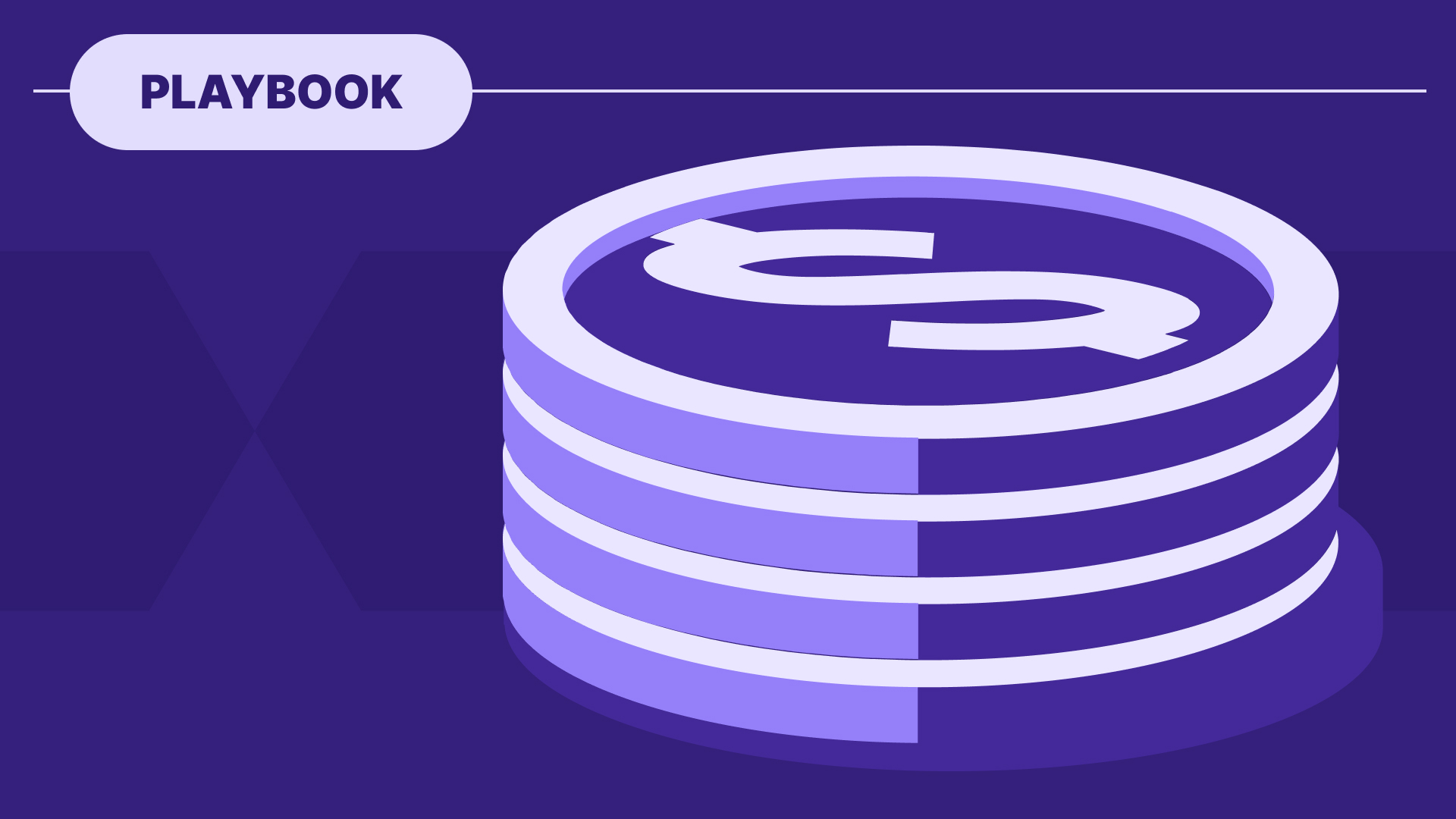
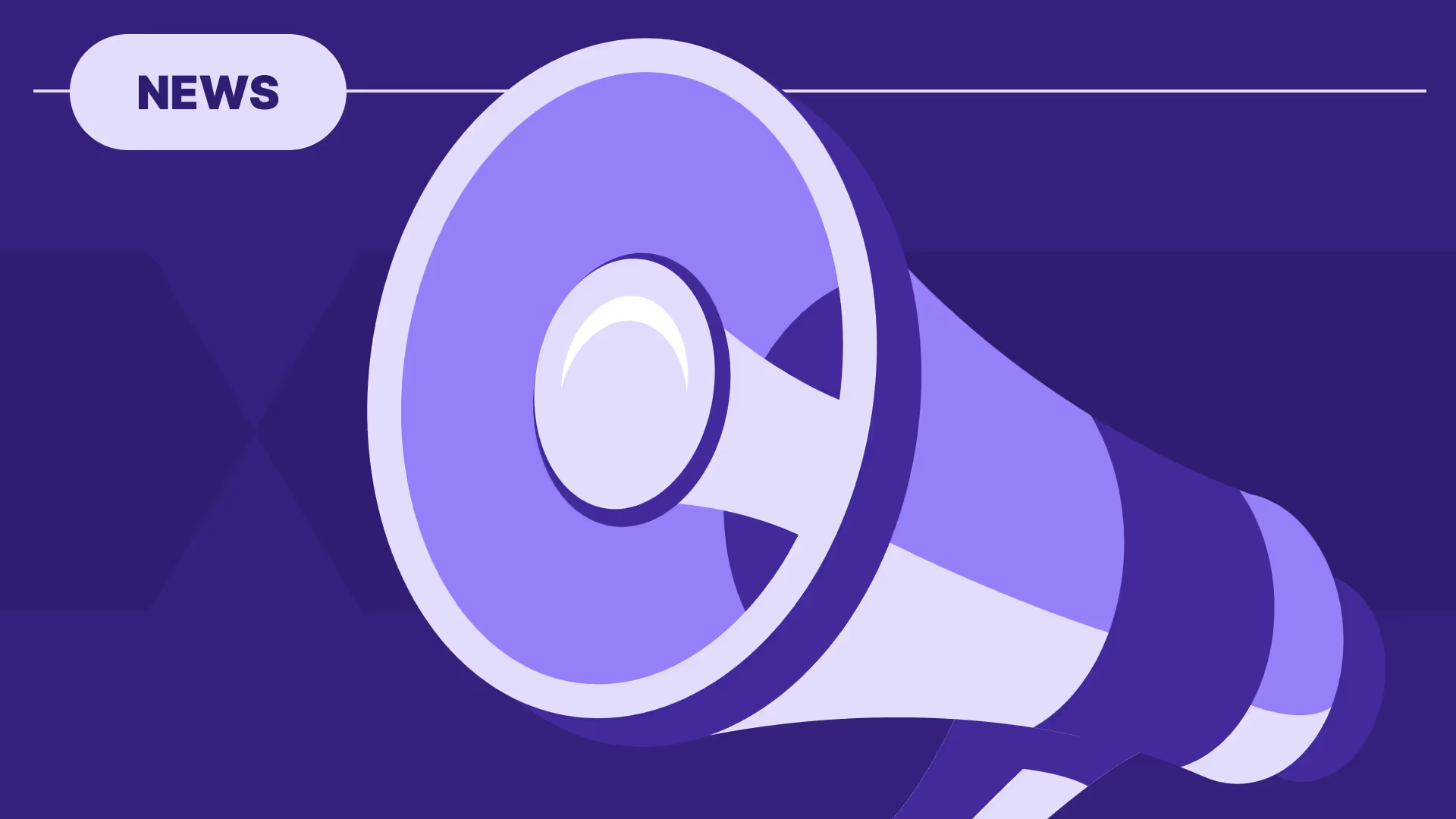
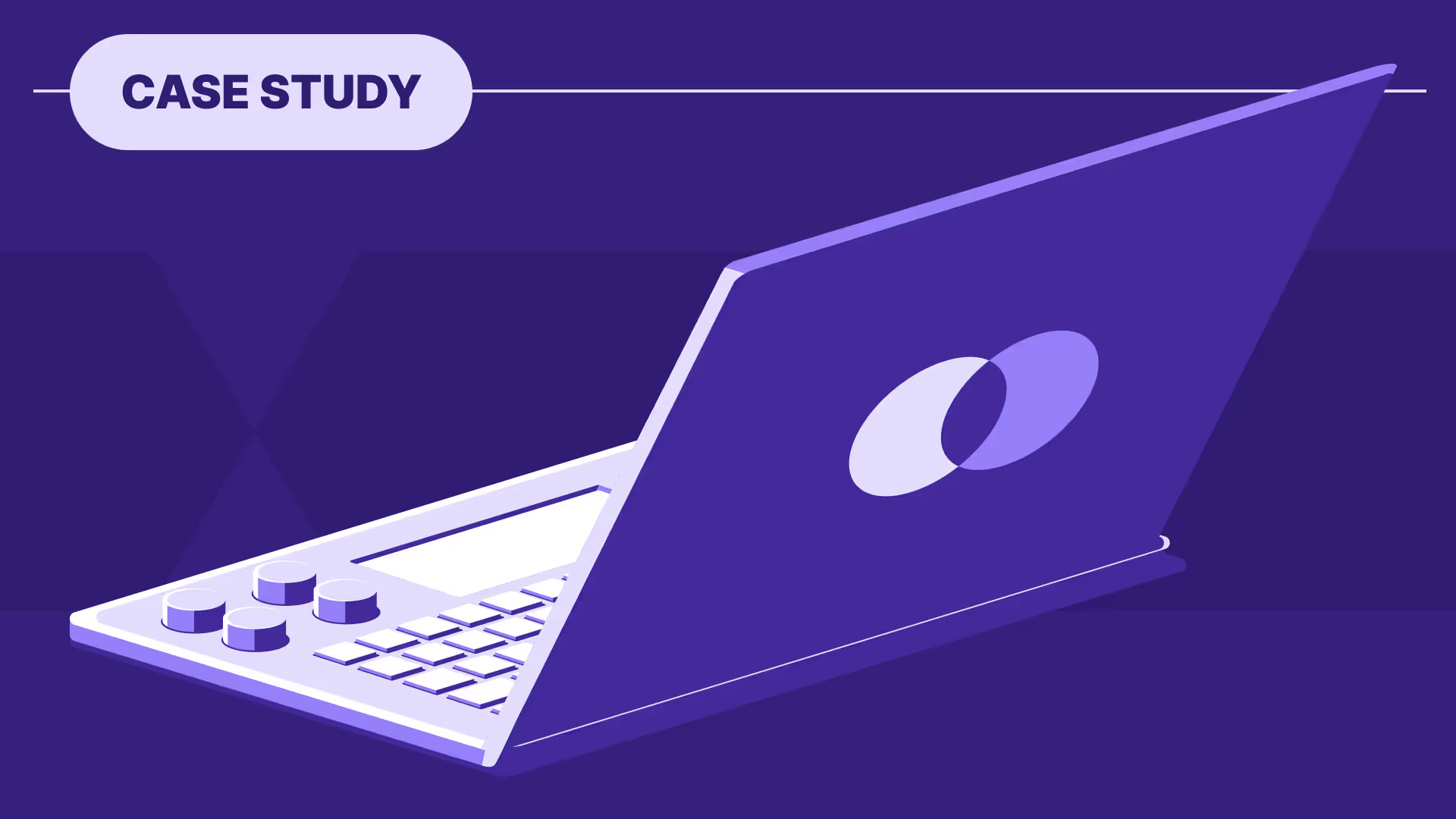



%20(1).jpg)
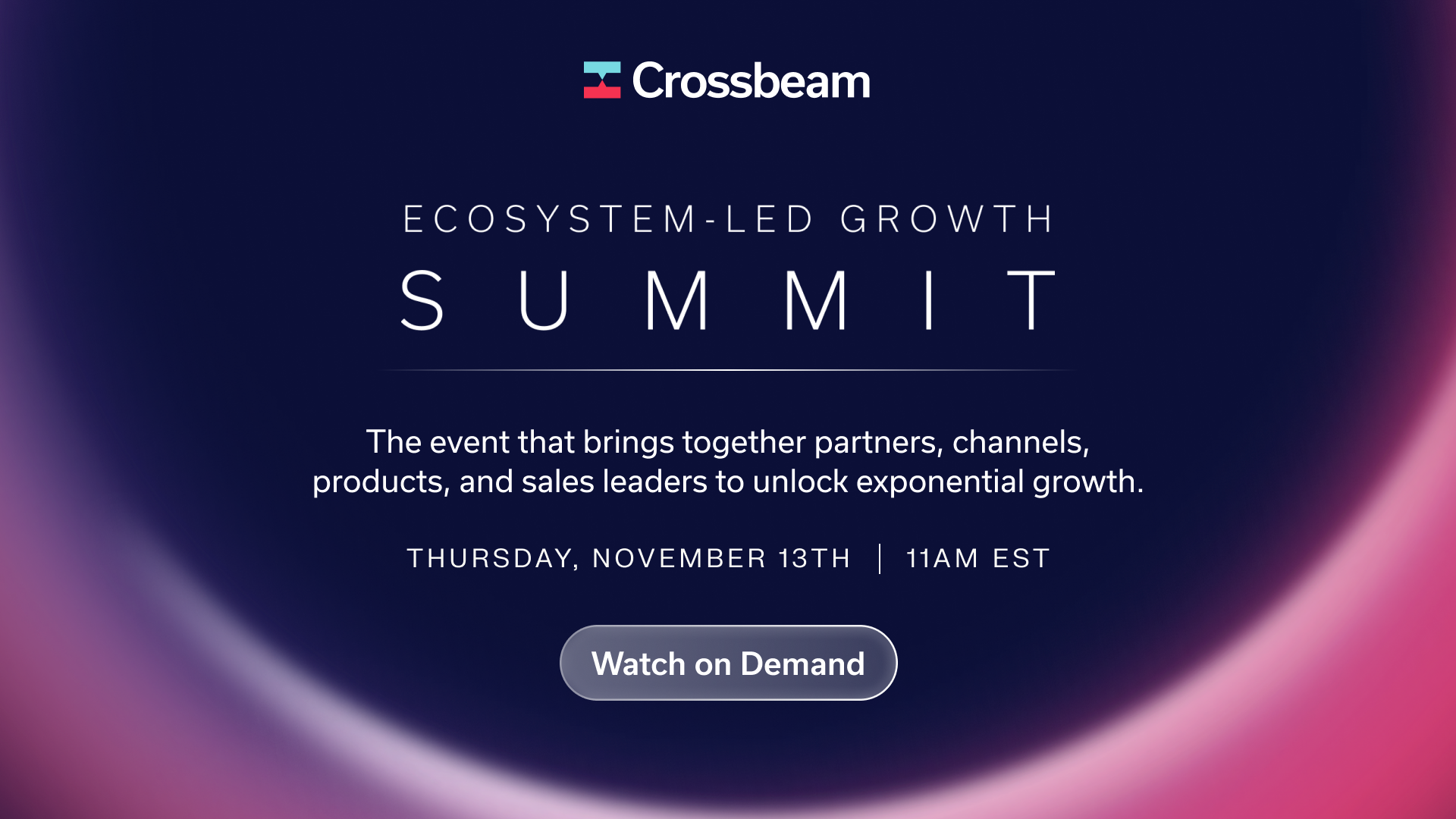

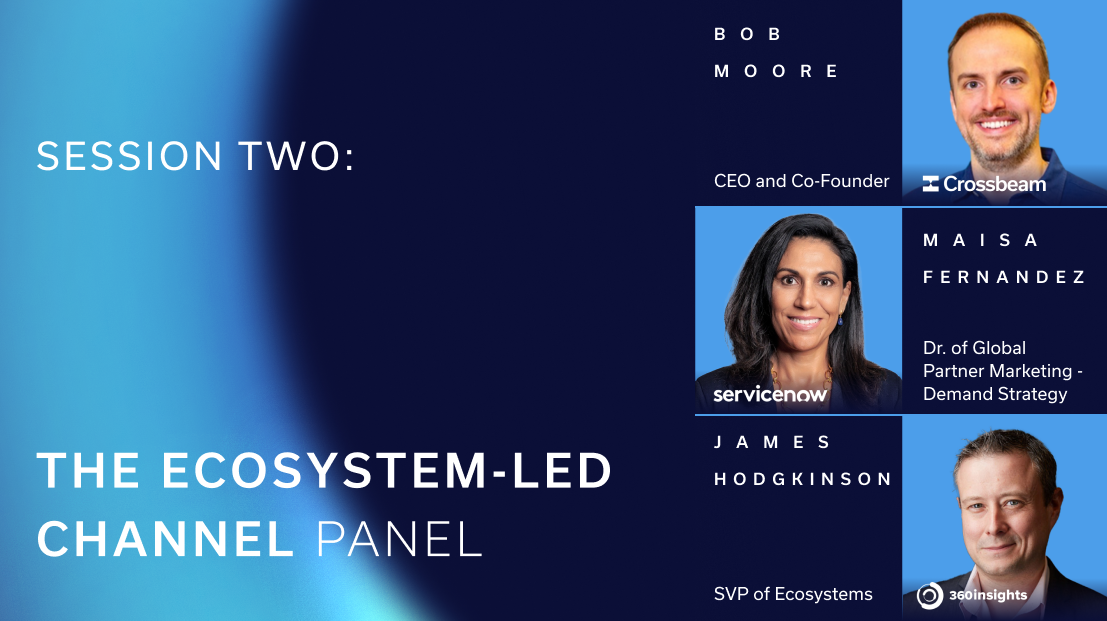
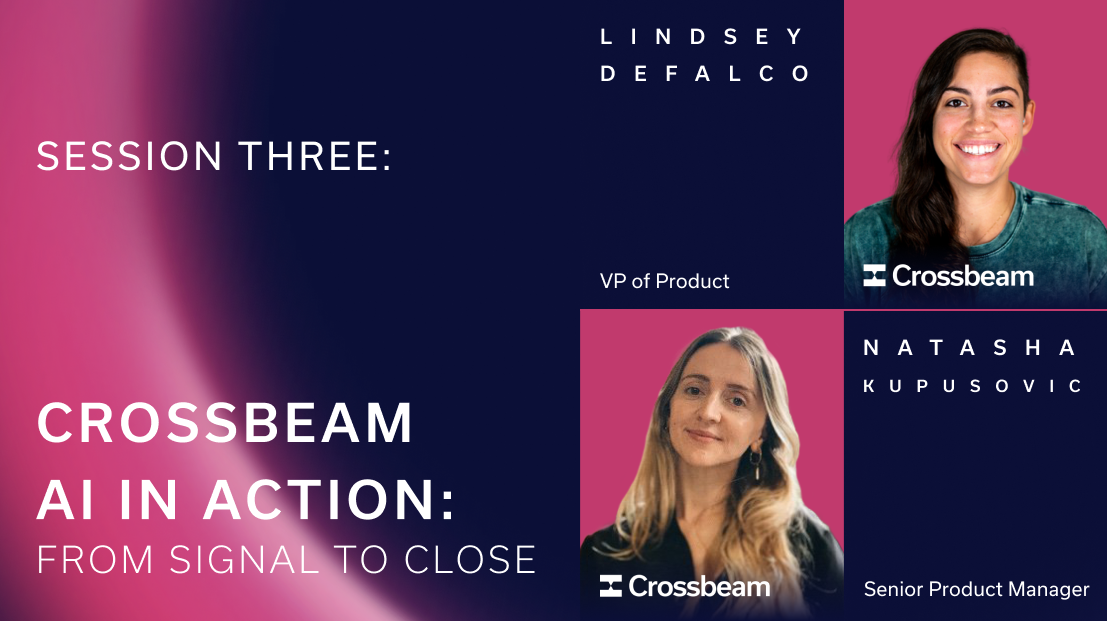

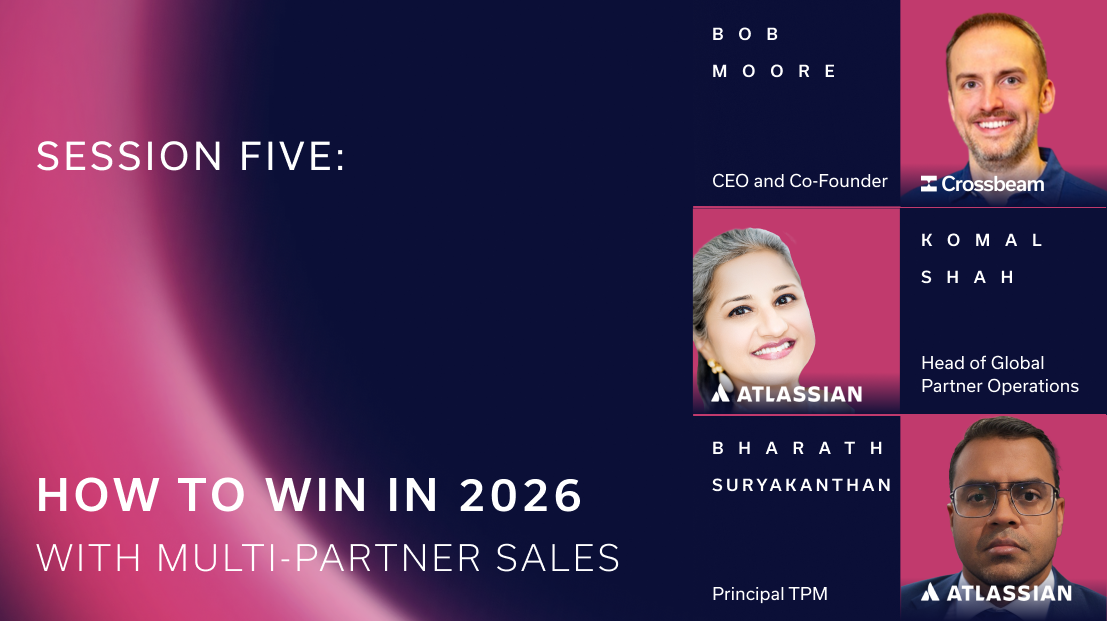
.png)
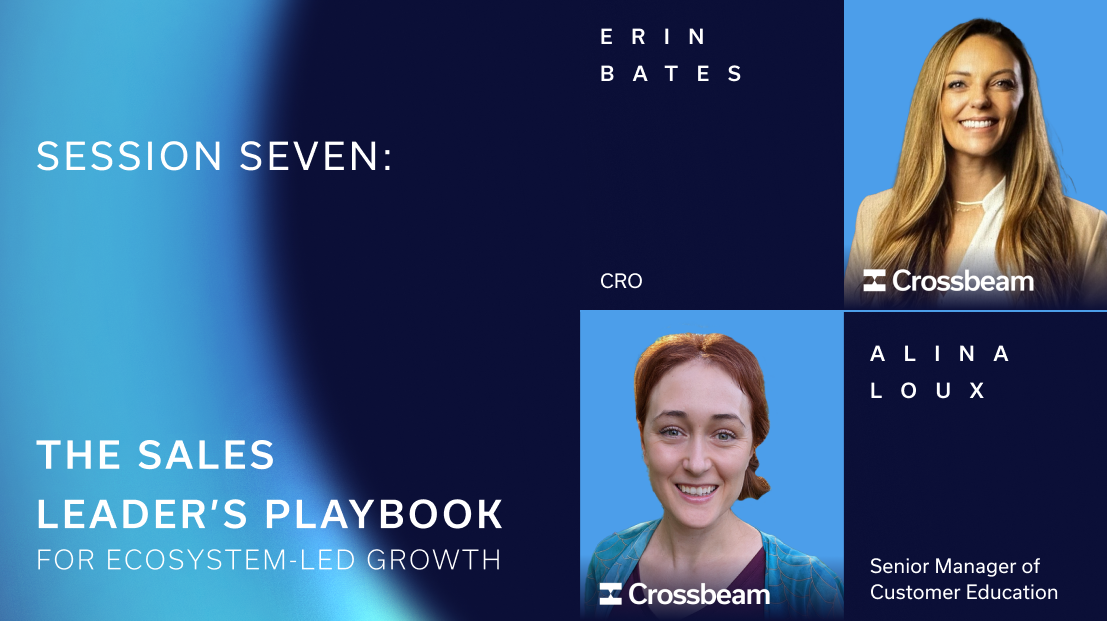


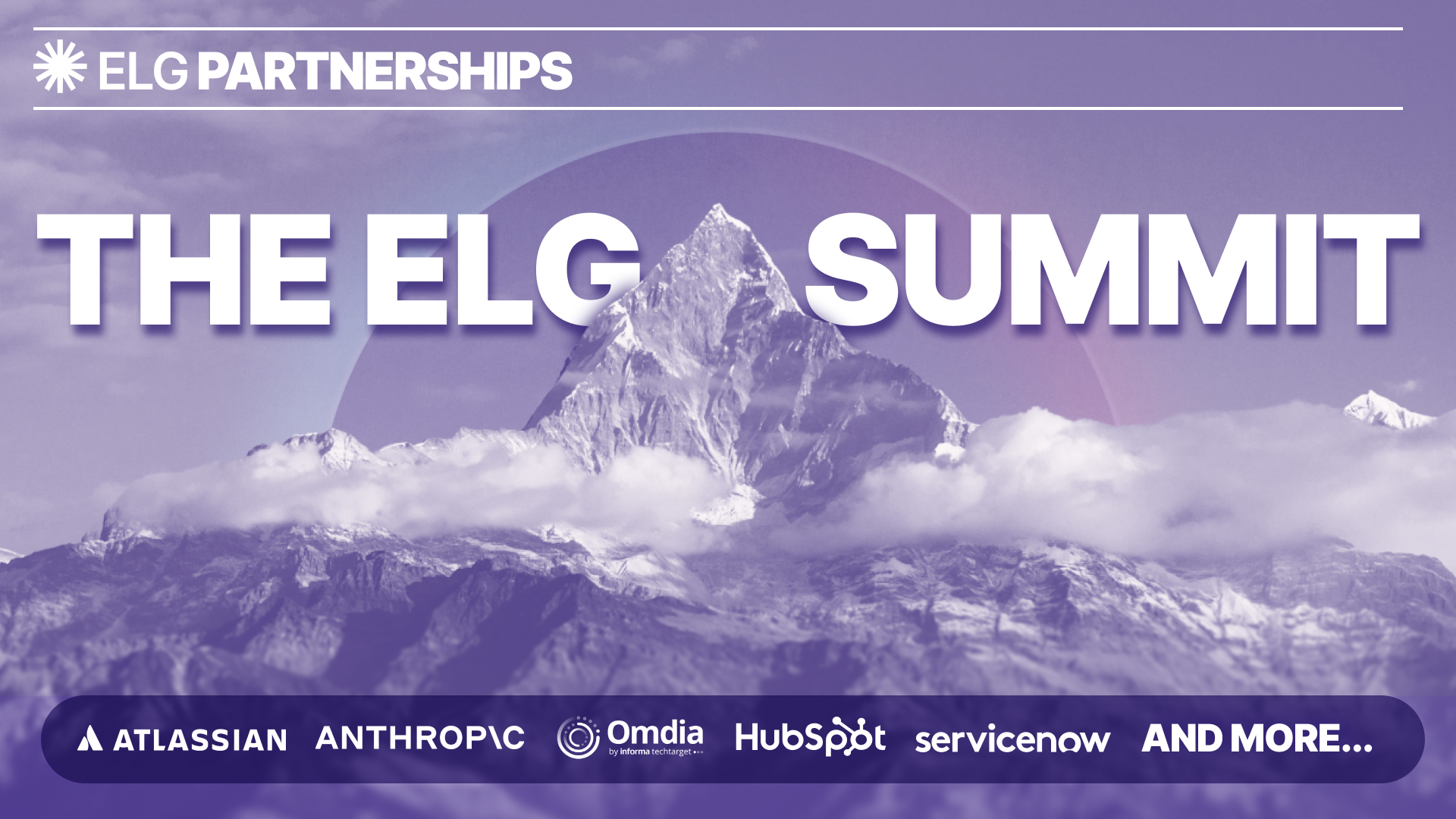










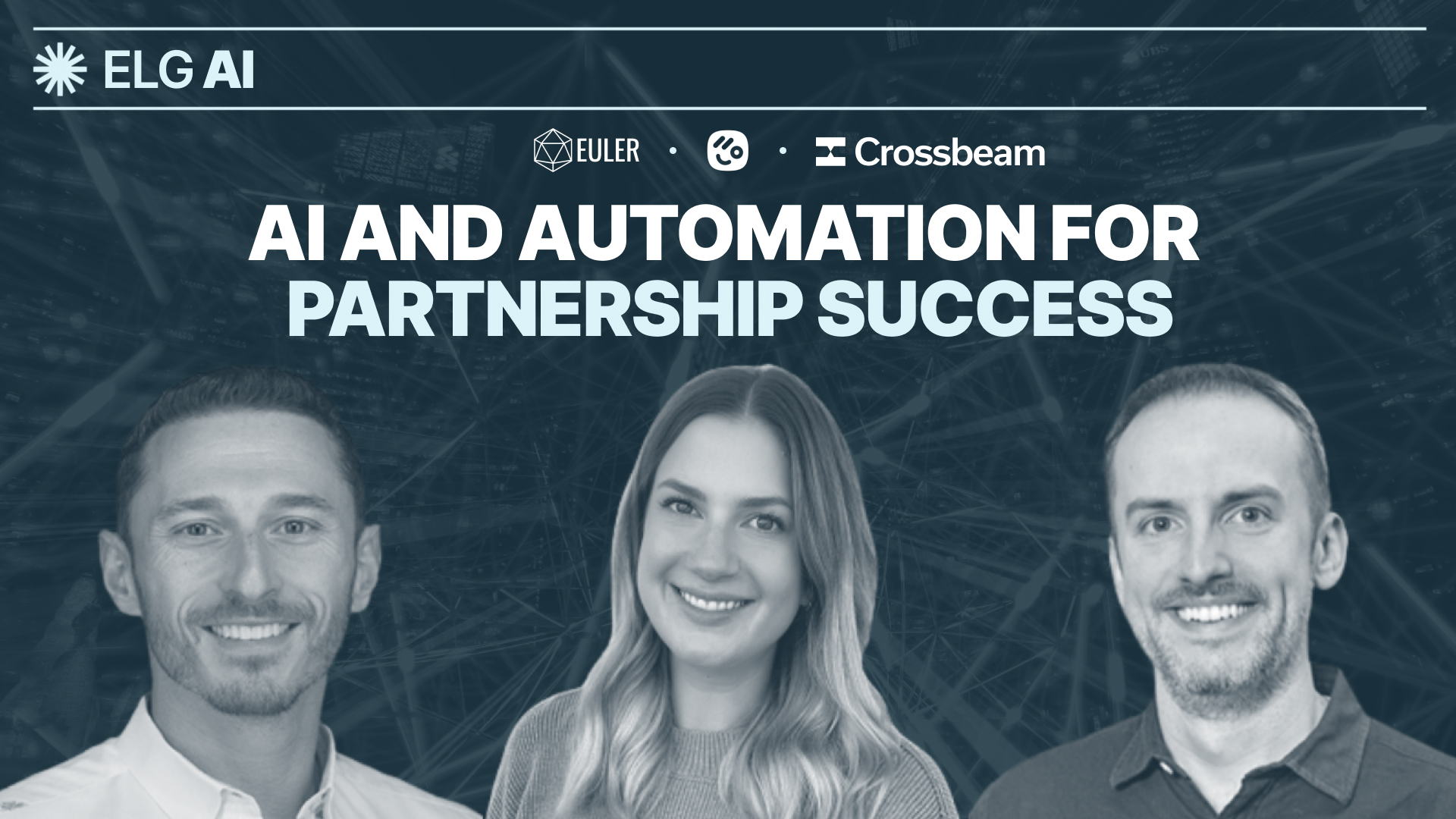
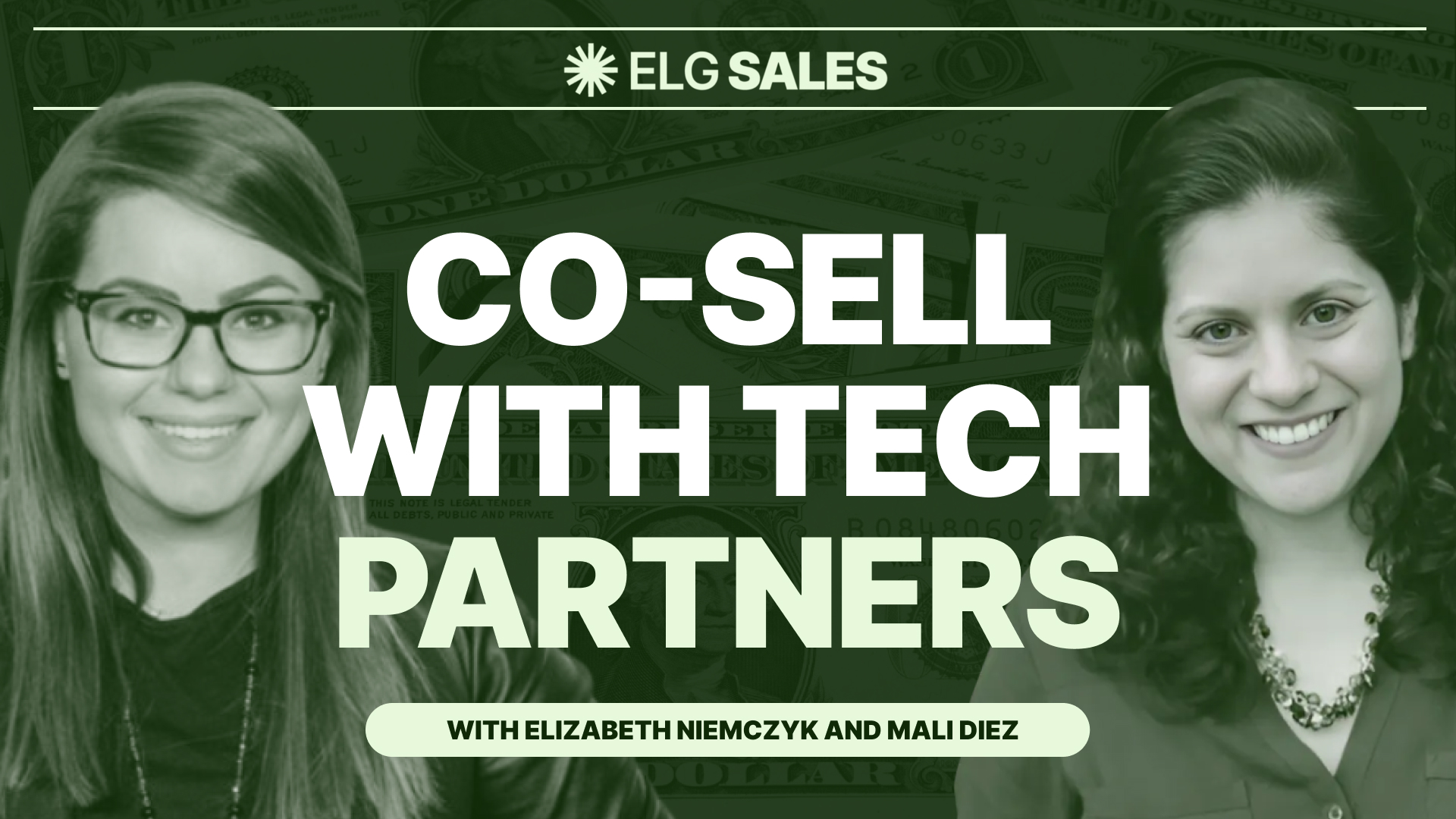
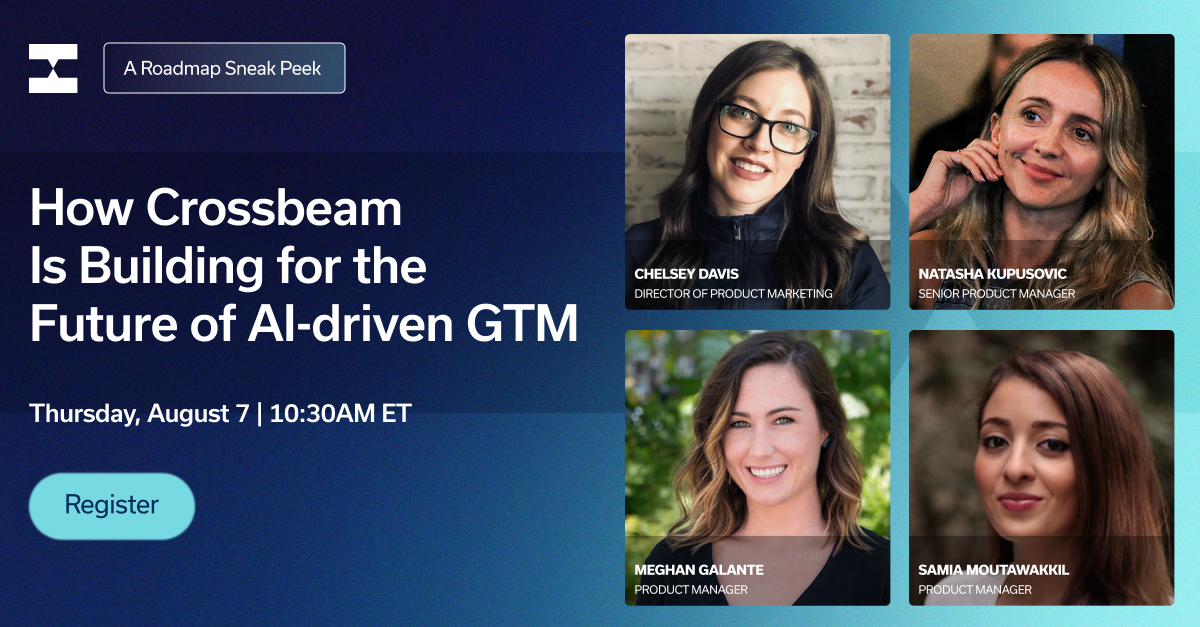
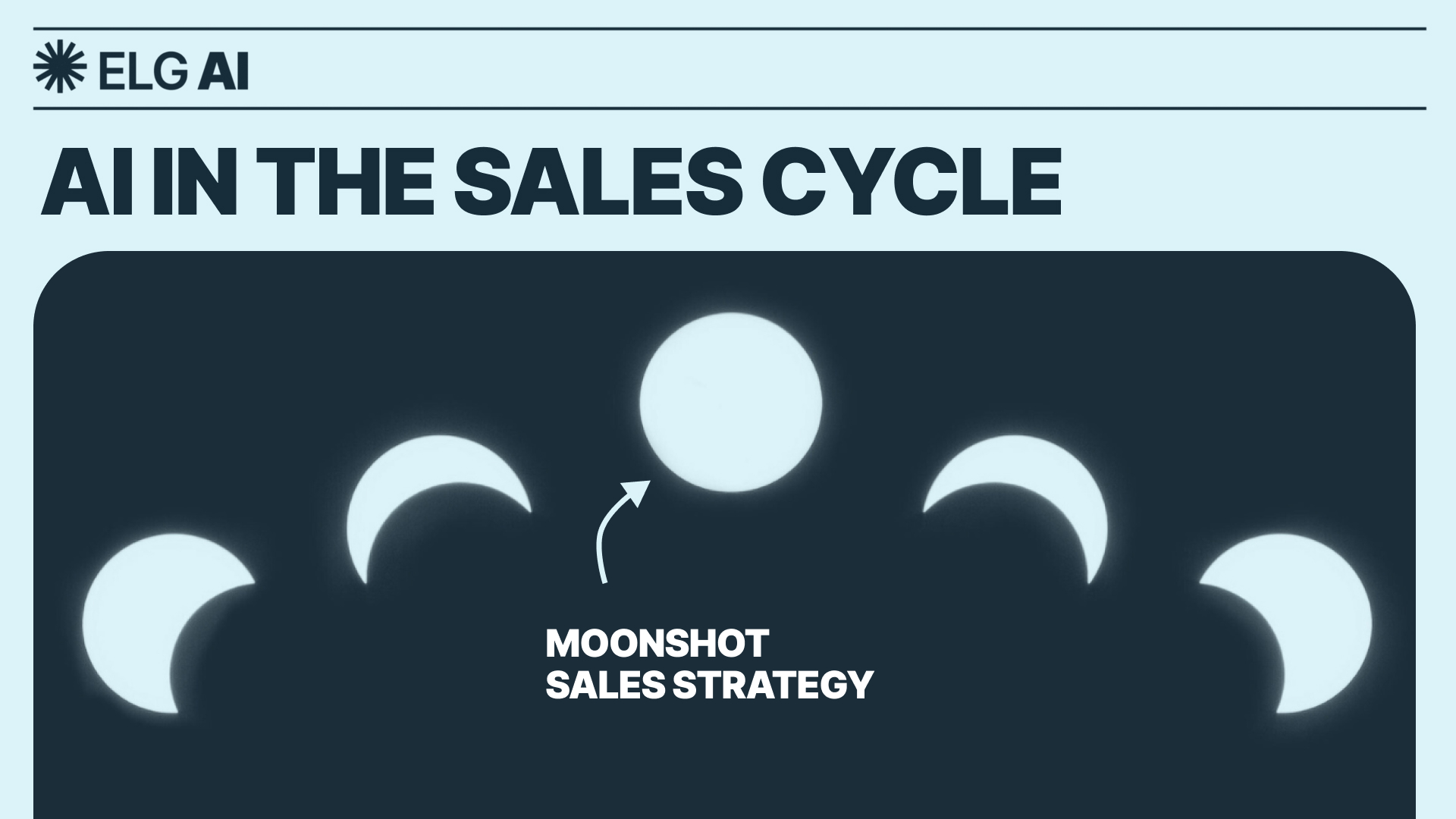
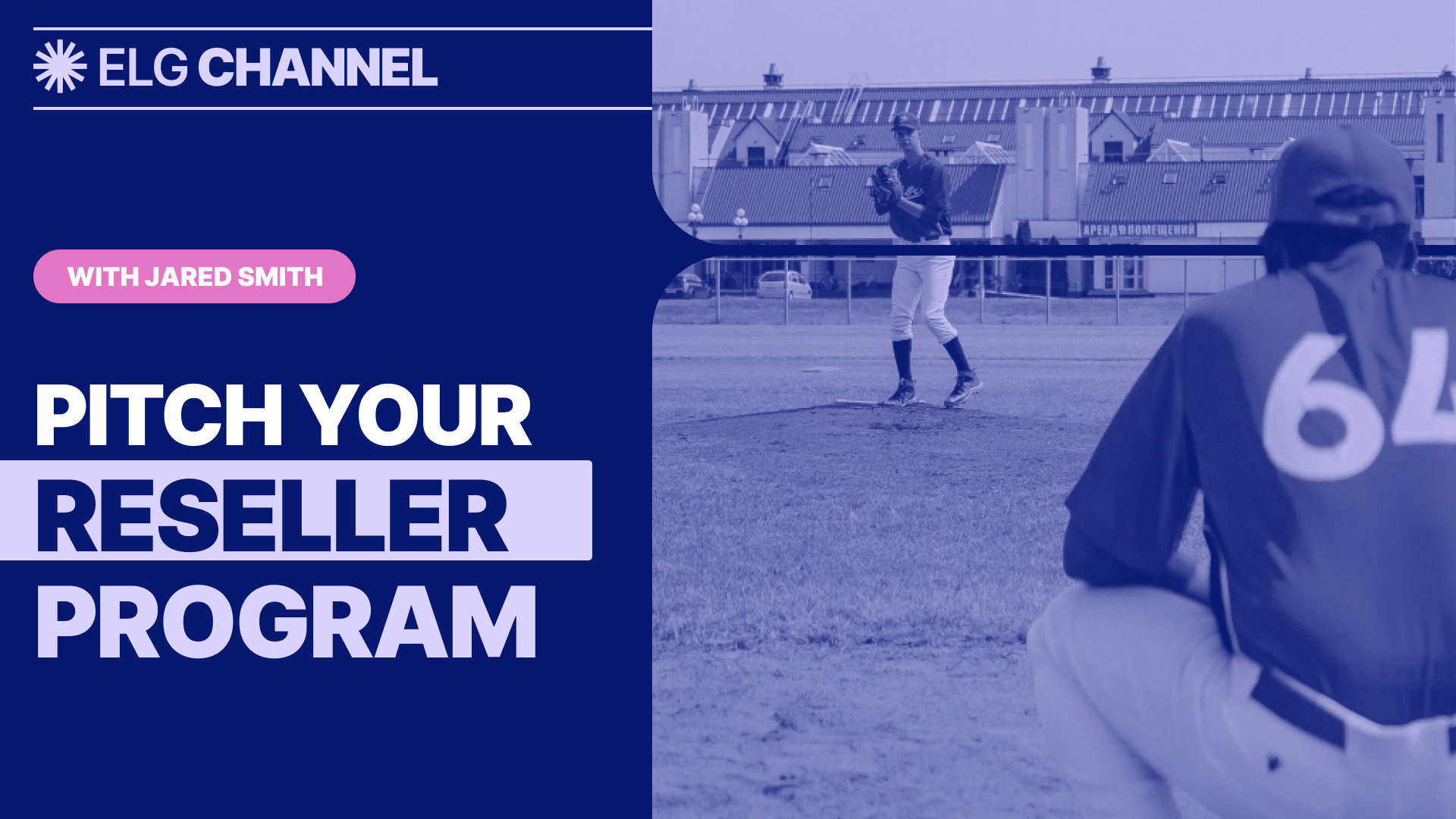
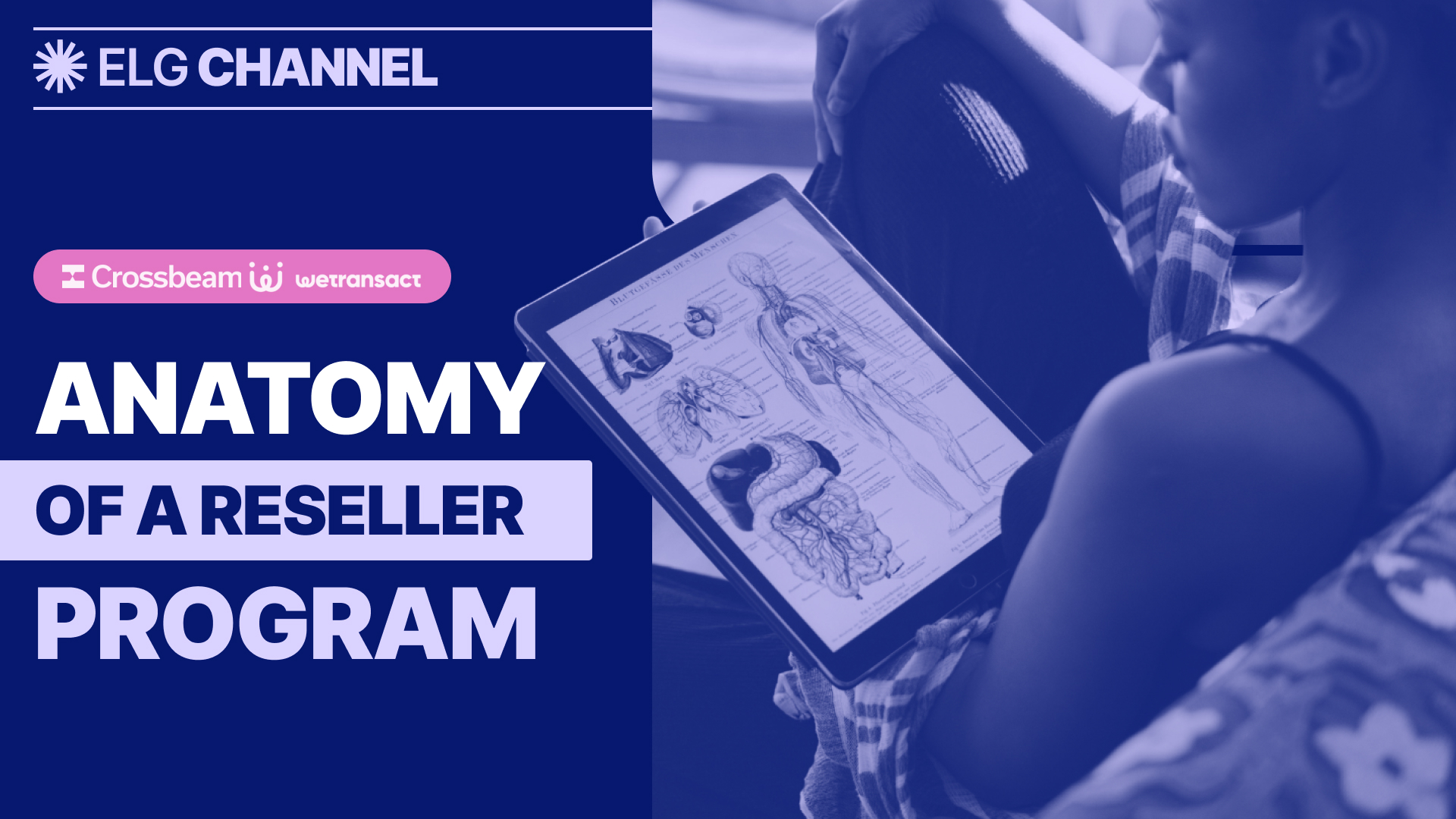
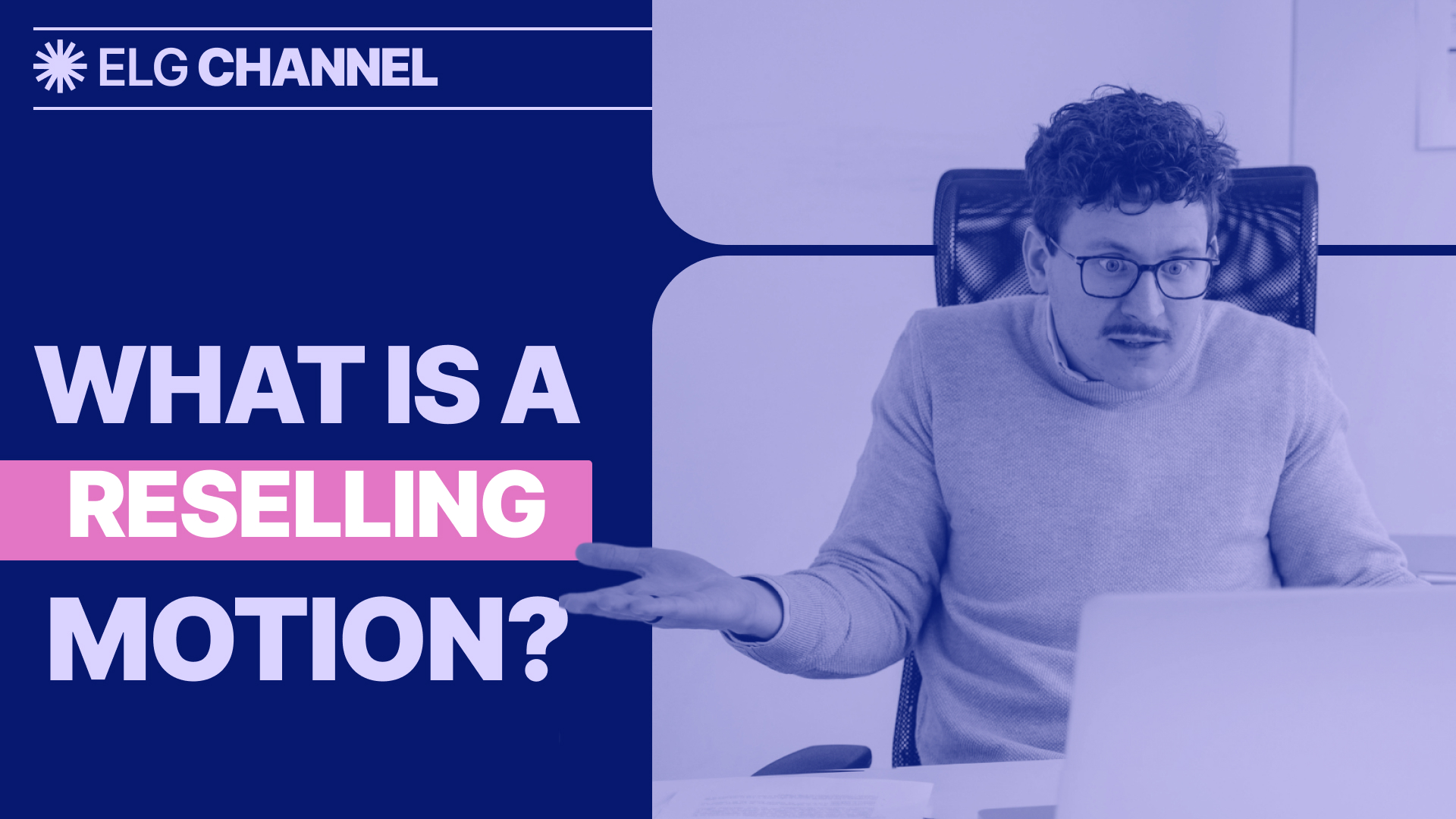
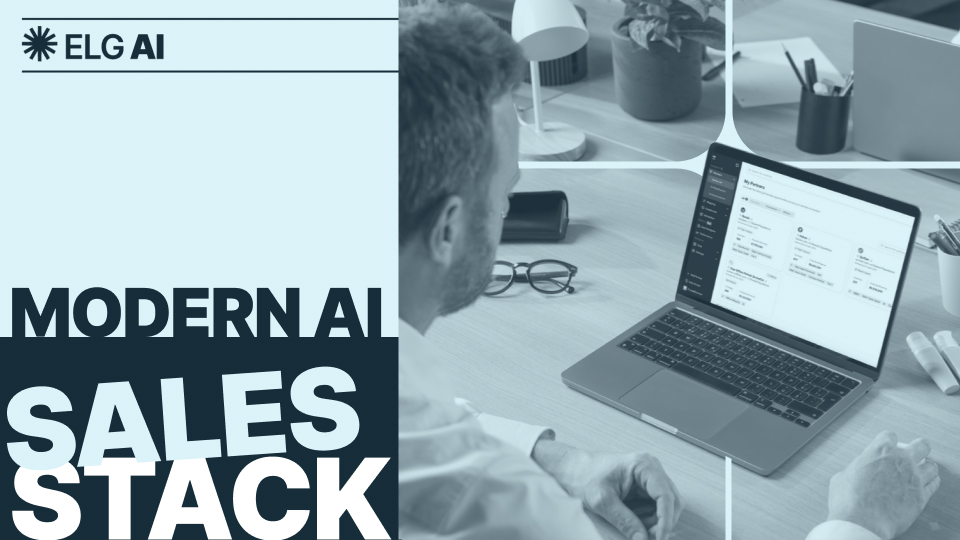
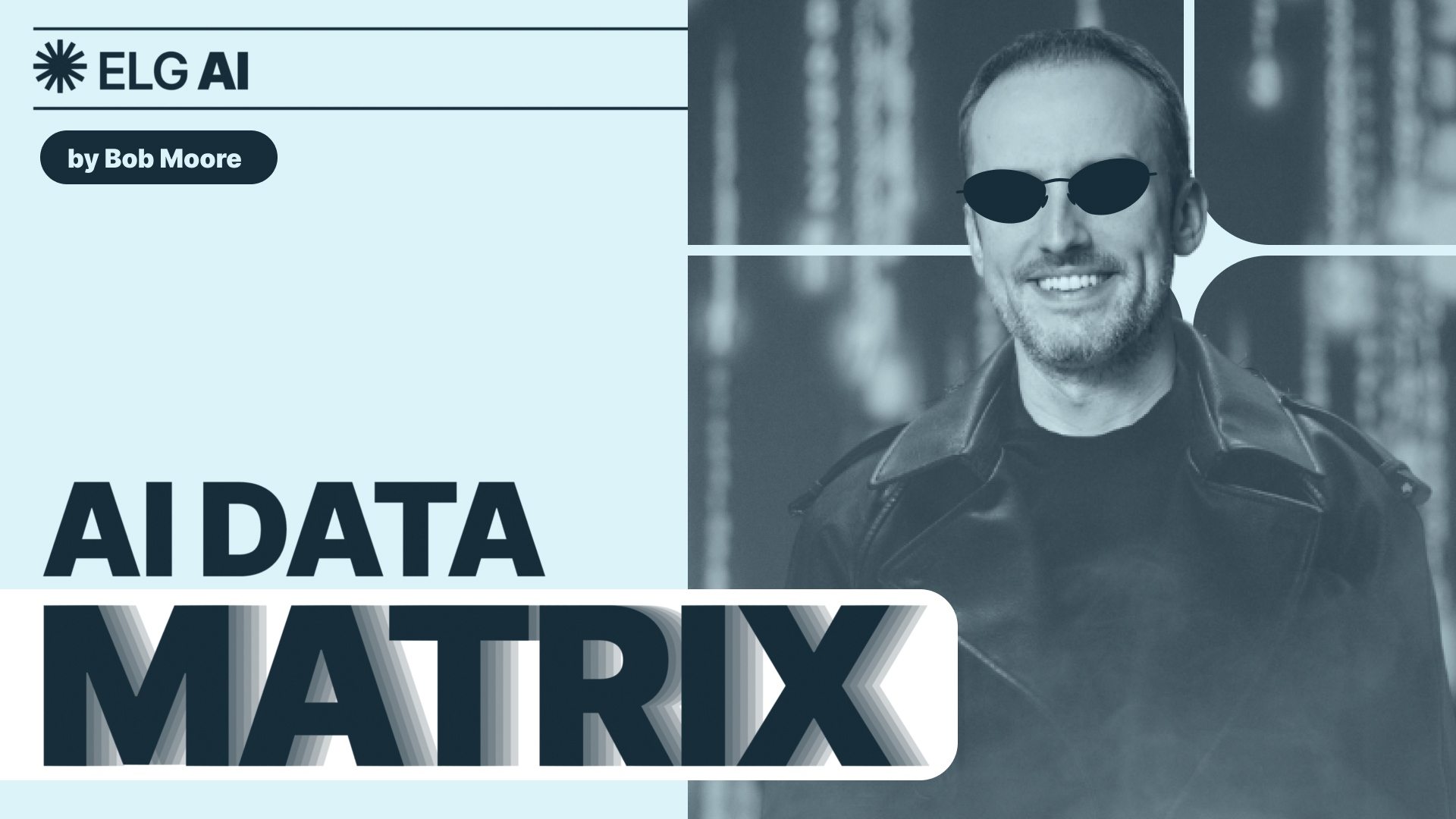


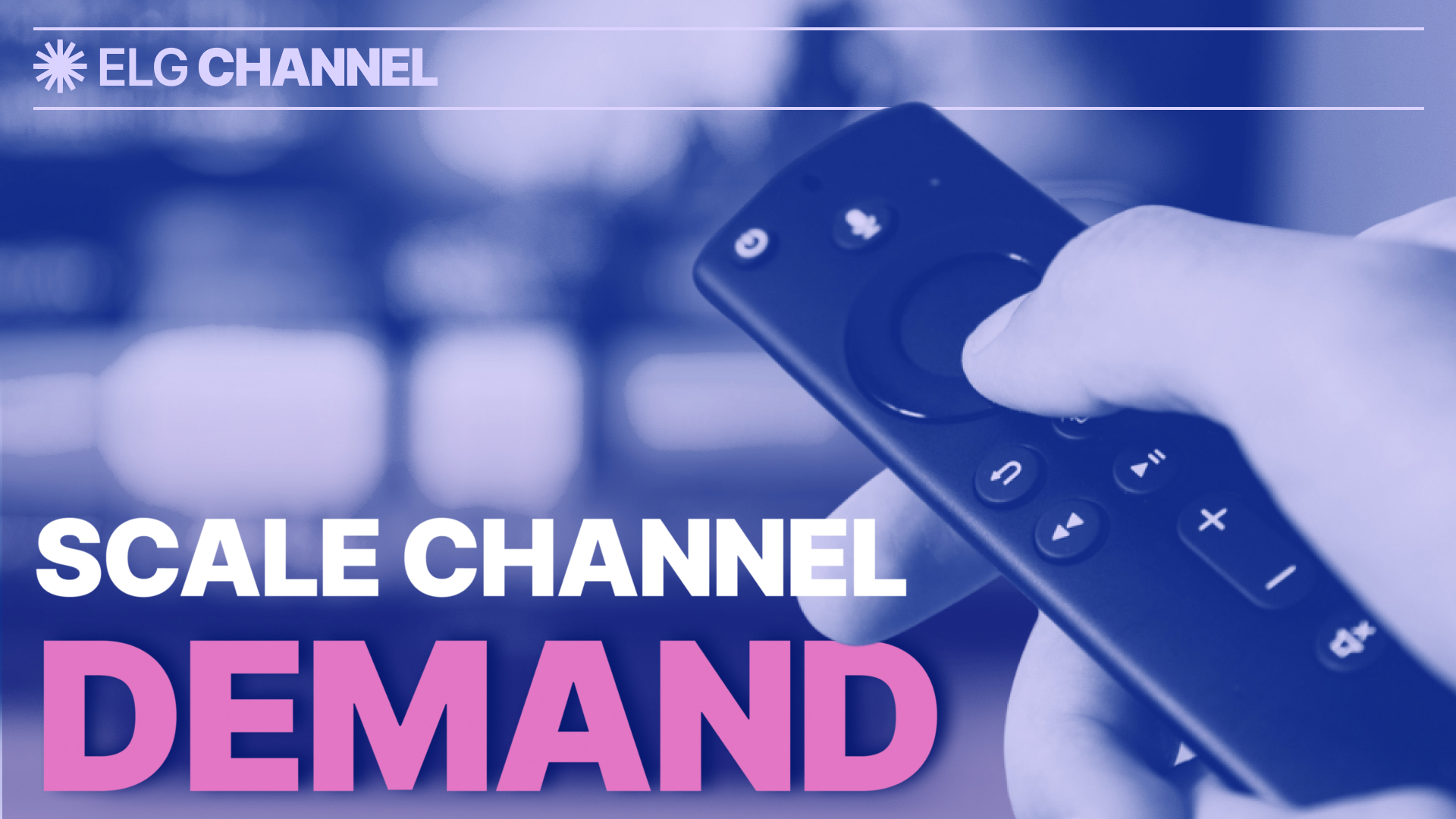


.jpg)




.png)



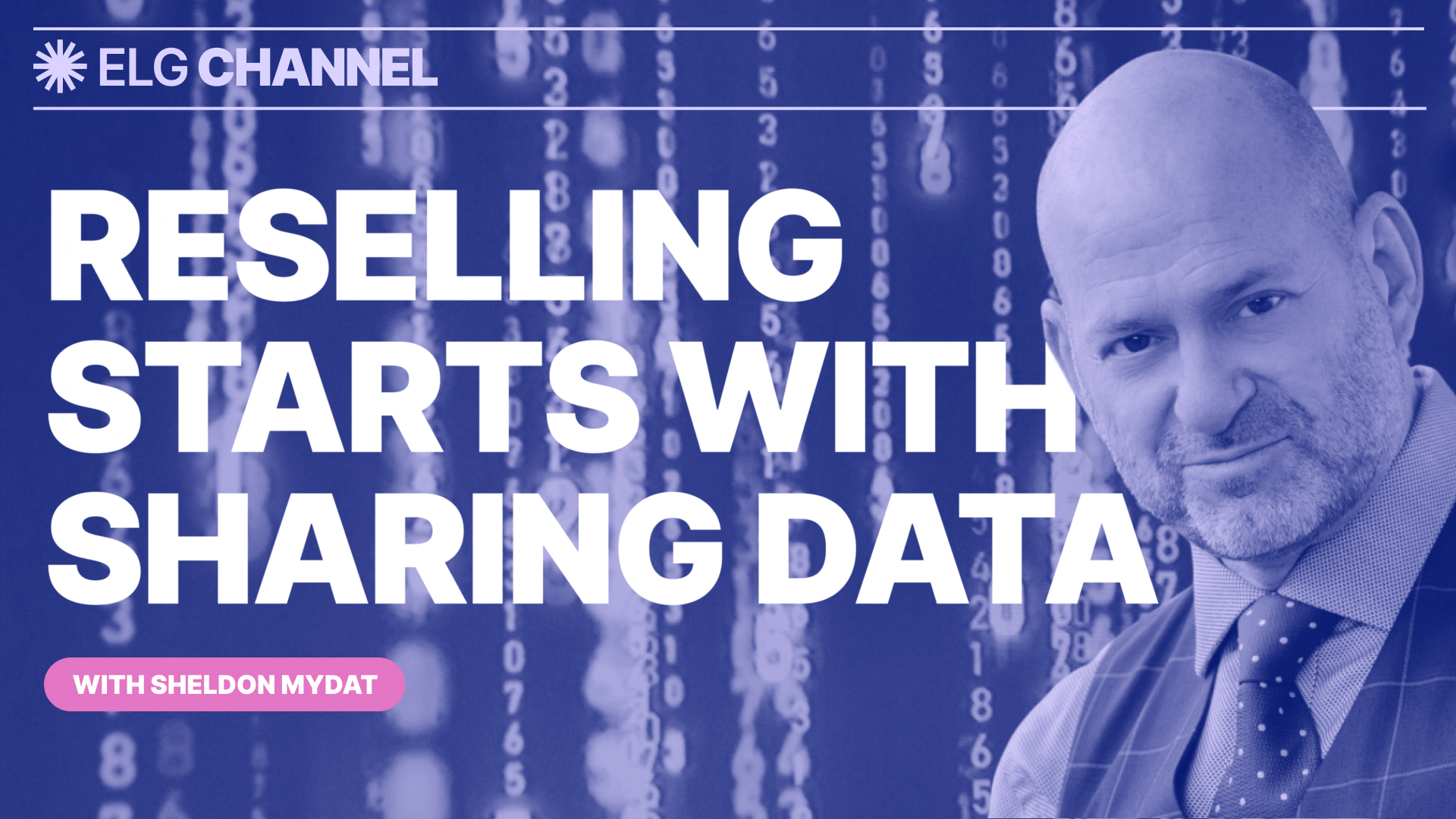


.jpg)





.jpg)

.webp)


















.webp)













